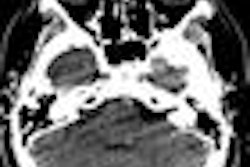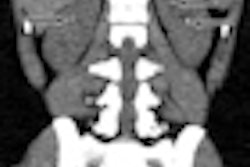In a head-to-head contest between guidelines for assessing mild head injury, researchers in Tunisia found that the Canadian CT Head Rule (CCHR) was more accurate than the New Orleans Criteria in predicting the need for neurosurgical intervention, according to a report published online in Annals of Emergency Medicine.
The researchers defined acute mild head injury as blunt trauma to the head within 24 hours, with a Glasgow Coma Scale (GCS) score of 13 to 15 and at least one of the following risk factors: history of loss of consciousness, short-term memory deficit, amnesia for the event, post-traumatic seizure, vomiting, headache, external evidence of injury above the clavicles, confusion, or neurologic deficit, according to Dr. Semir Nouira and Dr. Wahid Bouida, from Fattouma Bourguiba University Hospital in Monastir, Tunisia, along with colleagues from other Tunisian centers (Ann Emerg Med, August 21, 2012).
The researchers retrospectively examined medical records of 1,582 patients ages 10 years and older with acute mild brain injury, assessing patients for the need for neurosurgical intervention and the presence of traumatic lesions on head CT scans. Neurosurgical intervention was performed on 34 patients (2.1%) in the cohort, and CT findings were positive in 218 patients (13.8%).
The results showed higher sensitivity, specificity, and positive and negative predictive values overall for the Canadian guidelines, and a similar trend was observed in a subgroup of more acutely injured patients with GCS scores of 15.
Canadian vs. New Orleans rule for assessing mild head injury
|
For patients with mild head injuries, CCHR had higher sensitivity and specificity than the New Orleans Criteria, as well as higher negative predictive value, the authors concluded. However, whether or not use of CCHR would reduce the number of head CT scans needs further confirmation in clinical practice, they added.
Not all clinical decision rules may have the same performance characteristics in all populations, but at least in Tunisia, emergency physicians should use the Canadian guidelines in their routine clinical practice for patients with mild head injury, the study team wrote.
"There is still debate over whether these decision rules could be applied worldwide because they haven't been validated across populations with different demographics and ethnic characteristics," lead author Nouira said in a statement accompanying release of the study. "Therefore, more research is warranted to clearly establish the benefit of the Canadian rule in real-life clinical practice."



















